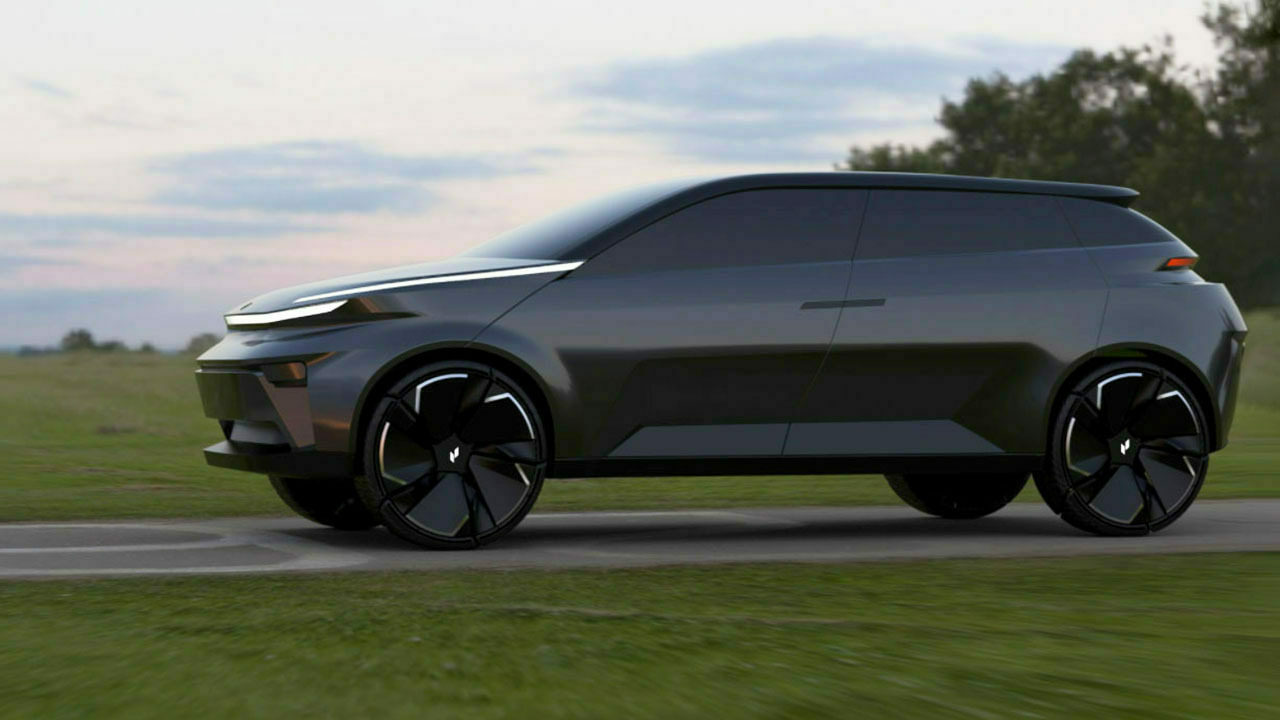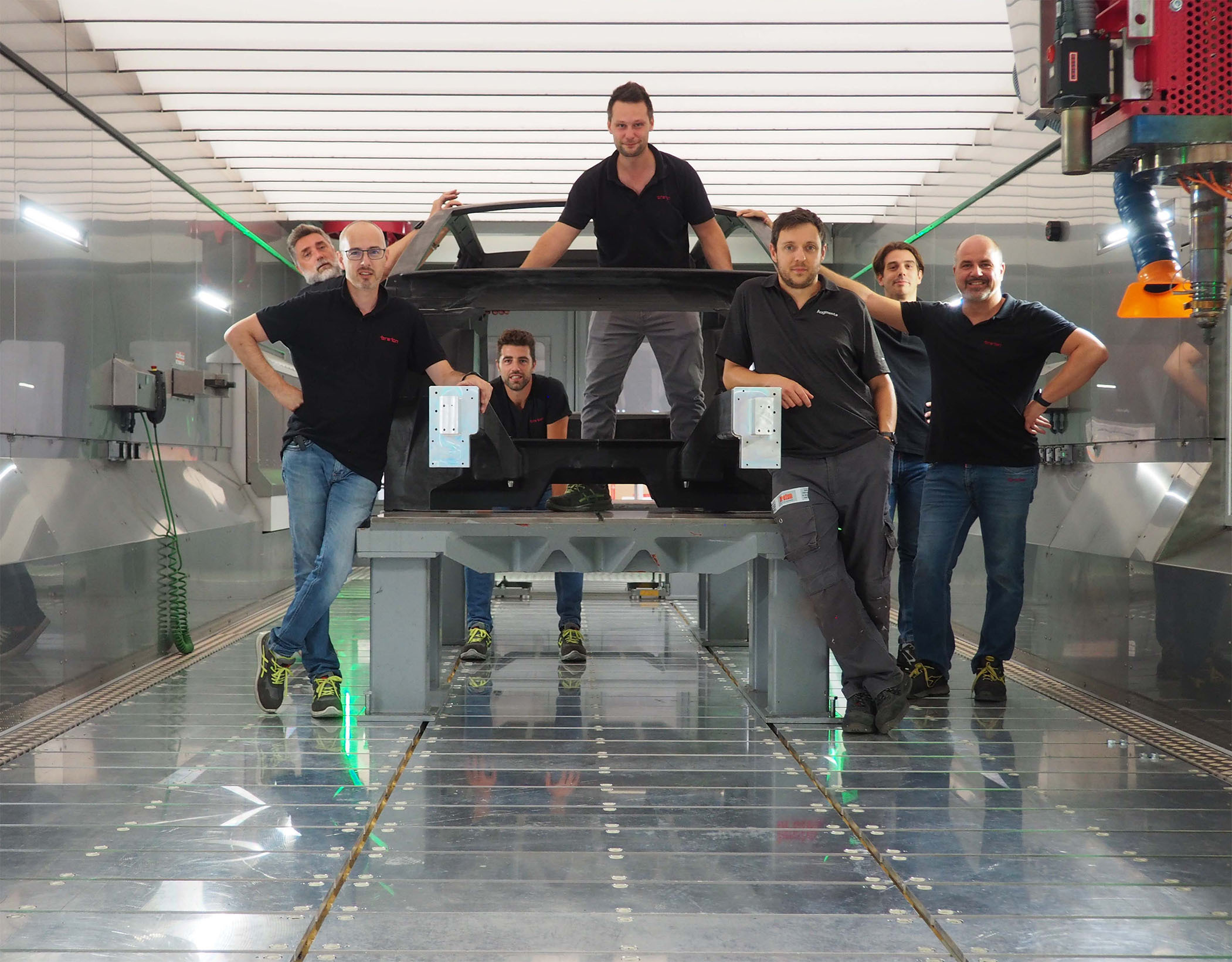
- Homepage
- Innovation stories
- Project Arrow, the car of the future printed with Breton Genesi
Innovation story
Project Arrow, the car of the future printed with Breton Genesi
The futuristic zero-emission electric concept car 'Project Arrow', launched by the Automotive Parts Manufacturers' Associations (APMA), was unveiled at CES 2023 in Las Vegas, the Consumer Electronic Show at the beginning of the year.
Breton collaborated in the development of the concept car presented at CES 2023 in Las Vegas
The futuristic zero-emission electric concept car 'Project Arrow', launched by the Automotive Parts Manufacturers' Associations (APMA), Canada's national association representing Original Equipment Manufacturers (OEMs) of parts, equipment, tools, supplies, advanced technologies, and services for the global automotive industry, was unveiled at CES 2023 in Las Vegas, the Consumer Electronic Show at the beginning of the year.
The electric SUV's innovations also include a 3D-printed chassis using Breton Genesi technology, to realise the concept car, which is not only a prototype but also a fully functioning vehicle, APMA selected companies capable of providing, each in its field, the most advanced technologies to contribute to the ecological transition in the mobility sector. The car chassis was designed by APMA in collaboration with Xaba, a Canadian company dealing with innovative technologies, and was printed and milled on a Breton Genesi machining centre.
APMA together with Xaba found all the necessary know-how in the innovative Breton Genesi system, which combines artificial intelligence and machine learning, as well as integrating the subtractive system into the additive one, evolving 3D printing.
The car will be used as a mobile showroom of the innovative technologies implemented by the project's partner companies, including Breton, during a two-year road show that will take Project Arrow to various events and car shows around the world, which this year will visit Toronto, Montreal, Detroit, Palo Alto, Las Vegas and San Antonio (USA).
It was a challenge that involved more than 50 companies (97% Canadian), three governments and hundreds of engineers, project managers, designers and students, moved by the common instinct to anticipate the future.
